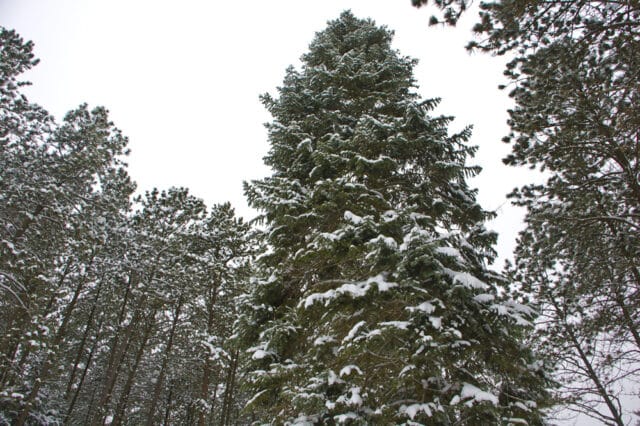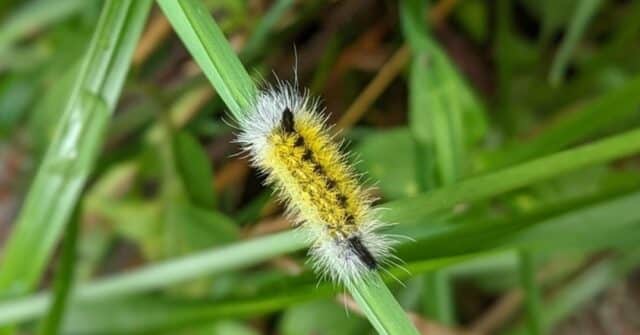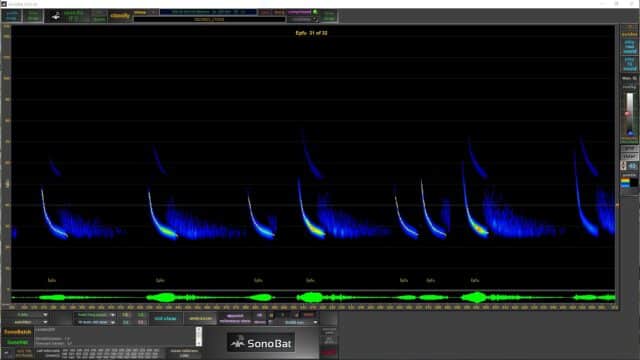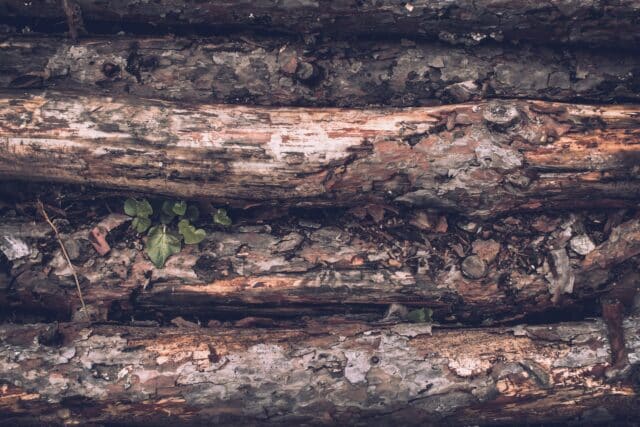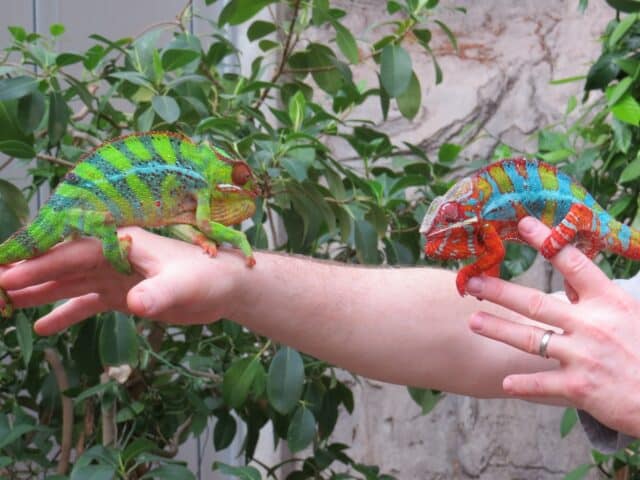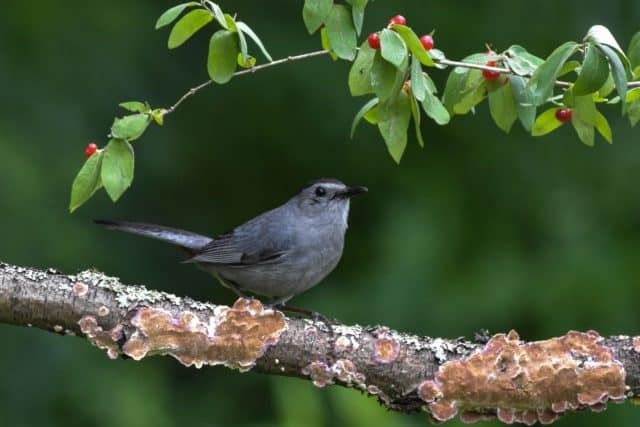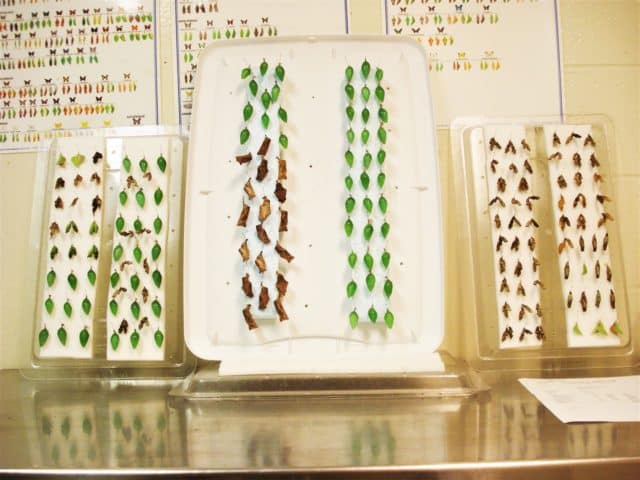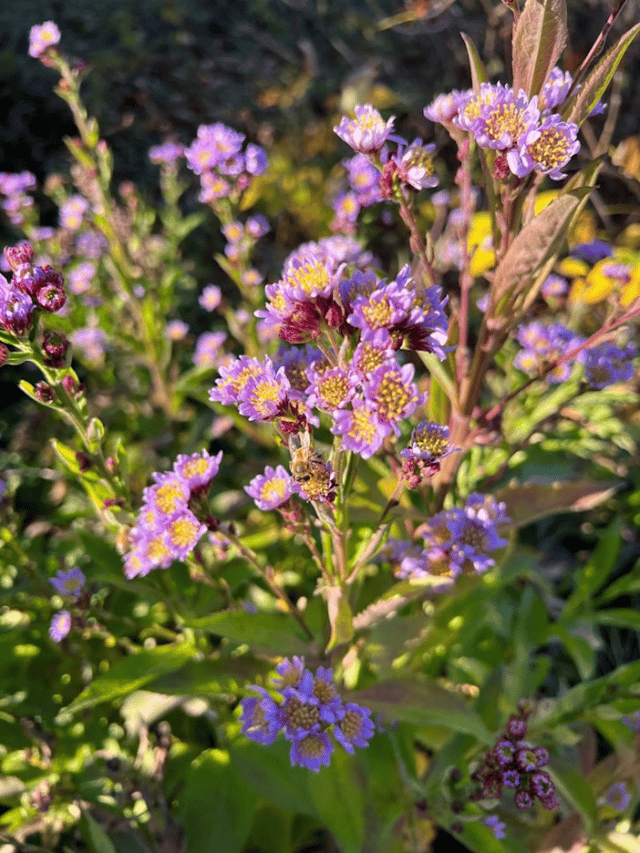

The Cleveland Botanical Garden is fortunate to have in our Madagascar Spiny Desert biome collection an important and critically endangered animal for you to visit. So today let’s get face-to-face with this creature: Astrochelys radiata, the radiated tortoise.
We have three male radiated tortoises. Our first tortoise arrived just before the glasshouse opened in 2003 and the other two arrived in 2009. They’re all here on permanent loan from the Cleveland Metroparks Zoo.
I often am asked how old they are and how I tell them apart. So how do you tell the age of a tortoise anyway? There is no way to accurately tell the age of a wild tortoise, and at best we can only make an educated guess based on its size and shell condition. But, since our tortoises were captive-hatched at the Gladys Porter Zoo in Texas, we have records. Also, each has a uniquely shaped, patterned, and sized shell. It is from these physical descriptions that I found their descriptive and practical names: Small, Medium, and Large. Further, Small weighs about 13 pounds and was hatched 7-12-1976, making him 45 years old. His shell is somewhat flat on top. Medium weighs about 15 pounds and was hatched 4-13-87, making him 34. His shell is the most symmetrical and has the brightest pattern. Last, Large weighs about 17 pounds and was hatched 3-27-76, making him 45. He has a concavity in the top back left side of his shell. This is not due to an injury and does not cause him problems. It was possibly due to a deficiency in his diet when he was very young.

Tortoises need the correct vitamins, minerals, and ultraviolet light for their shells develop properly. Since the glass in the glasshouse filters out UV light, I provide supplemental lighting. Each day during the cold months we rotate one of them under UV lighting. In summer, they rotate daily in-turn to a large outdoor enclosure in our service yard where they each enjoy days bathing in sunlight.
Male radiated tortoises are territorial and when they encounter each other there is often a pushing match. In the wild they will compete for mates by trying to flip rival males. Fight strategy is to force the head or rostrum—a protruding “hook” on the lower shell– underneath the other tortoise and then walk forward, flipping the other guy. I have seen all three of them walking in a circle trying to flip the guy in front. Most of the time this behavior is harmless but in certain situations it can lead to injury. The shells of turtles and tortoises are made of living bone covered in a layer of keratin laced with nerves and blood vessels, and are very break-able. And a few years ago, Medium flipped Small, resulting in a cracked and bleeding shell. But after a vet visit and a course of antibiotics, Small made a full recovery. For this reason, I keep each of our tortoises its own biome area, coming together only under my supervision. Small is often the troublemaker in the group, and he never seems to tire of trying to push the larger ones over.

My Friday mornings start when I go shopping for fresh produce for our animals. Our tortoises need a variety of fresh greens, fruit, and vegetables for a healthy diet. About 3/4th of their diets consist of kale, arugula, collard greens, dandelion, and Swiss chard. The balance consists of shredded sweet potato and yellow squash, green beans, corn, butternut squash, broccoli, sweet peppers, and some tomato, and a dash of sweets like banana, grapes, strawberry, melon, kiwi, or nectarine. Since they are so long lived it is important that they eat a diet containing the right kinds of food because a poor diet can lead to health issues that may show up many years later.

The oldest radiated tortoise on record was believed to be 188 years old when it died in 1966. He was named King Malila and is said to have been given to the queen of Tonga by Captain James Cook. And if I’m a good steward to Small, Medium and Large, they, too, can look forward to the easy life in Madagascar for another 150 years. If that’s the case they’re going to outlive me and will need one of you young persons to take over!
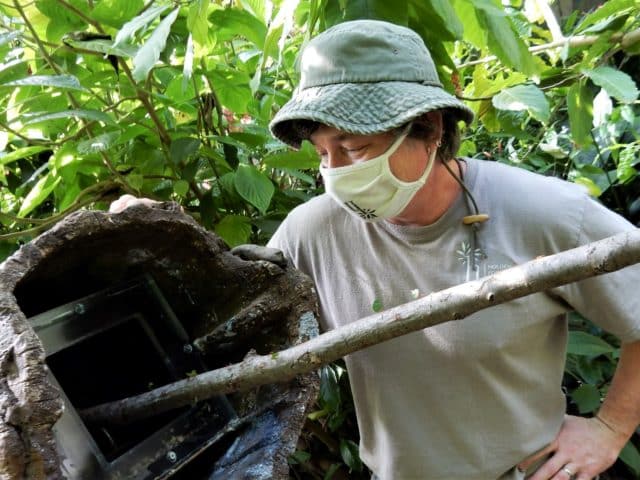
Matt Edwards
Animal Care Specialist
